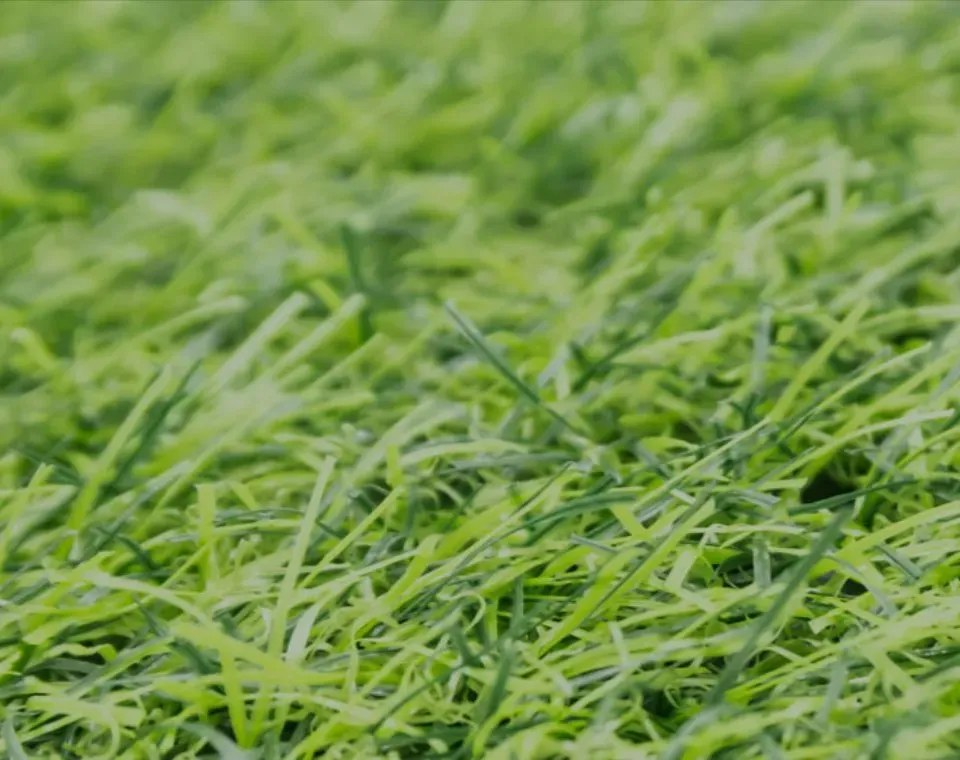
- Afrikaans
- Arabic
- Belarusian
- Bengali
- Czech
- Danish
- Dutch
- English
- Esperanto
- Estonian
- Finnish
- French
- German
- Greek
- Hindi
- Hungarian
- Icelandic
- Indonesian
- irish
- Italian
- Japanese
- kazakh
- Rwandese
- Korean
- Kyrgyz
- Lao
- Latin
- Latvian
- Malay
- Mongolian
- Myanmar
- Norwegian
- Persian
- Polish
- Portuguese
- Romanian
- Russian
- Serbian
- Spanish
- Swedish
- Tagalog
- Tajik
- Thai
- Turkish
- Turkmen
- Ukrainian
- Urdu
- Uighur
- Uzbek
- Vietnamese
artificial lawn installation
Dec . 03, 2024 14:09 Back to list
The Comprehensive Guide to Artificial Lawn Installation
In recent years, artificial lawns have gained immense popularity among homeowners and business owners alike. The advantages of synthetic grass, including minimal maintenance, drought resistance, and year-round greenery, make it an attractive option for various applications. This article will guide you through the process of artificial lawn installation, ensuring that you achieve the best possible results for your outdoor space.
Understanding Artificial Grass
Before diving into the installation process, it’s essential to understand what artificial grass is and the benefits it offers. Made from synthetic fibers, artificial lawn mimics the appearance and texture of natural grass. It is often designed to endure heavy foot traffic and can withstand extreme weather conditions. Additionally, it eliminates the need for pesticides, fertilizers, and regular mowing, which significantly reduces maintenance costs and environmental impact.
Planning Your Installation
The first step in installing an artificial lawn is thorough planning. Begin by evaluating the area where you wish to install the synthetic grass. Consider factors such as drainage, sunlight exposure, and the type of foot traffic the area will experience. It’s also crucial to measure the area accurately to determine how much artificial grass you will need.
Once you have gathered all the necessary measurements and information, the next step is to select the right type of artificial grass. Various products are available on the market, each designed for specific uses, such as lawns, play areas, or sports fields. Pay attention to the pile height, density, and color of the grass, as these factors contribute to the final look and feel of your lawn.
Preparing the Area
After selecting the appropriate grass, it’s time to prepare the area for installation. Begin by removing any existing vegetation, including grass, weeds, and roots. You can use a shovel, rake, or even professional machinery for larger areas. Once the area is clear, you need to ensure that it is leveled and compacted. This step is crucial to avoid any uneven spots or depressions that could lead to water pooling.
artificial lawn installation

Next, lay down a weed barrier fabric to prevent any future weed growth. This fabric will allow water to drain while blocking weeds from penetrating the artificial lawn. After the fabric is installed, you should spread a layer of crushed stone or decomposed granite to create a solid base. This layer should be compacted thoroughly to provide stability for the artificial grass.
Installing the Grass
With the area properly prepared, it’s time to lay down the artificial grass. Roll out the synthetic turf over the prepared base, ensuring that it stretches across your designated area without any gaps. It’s essential to let the turf acclimate for a couple of hours before securing it in place. This process allows the grass to relax and minimizes the risk of wrinkles or folds.
Once the turf is laid out, cut the edges using a utility knife for a clean finish. Ensure that the seams overlap slightly to avoid any visible gaps. For securing the grass, use landscape staples or adhesive, depending on the type of base you have and the grass product you’re working with. Remember to adhere to the manufacturer's instructions for the best results.
Finishing Touches
After securing the turf, add infill material, such as silica sand or rubber granules, to enhance the grass's stability and appearance. This infill helps the blades stand upright and provides cushioning. Use a broom or a specialized brush to evenly distribute the infill over the surface.
Finally, give your new artificial lawn a thorough brushing to ensure that the infill settles well and the grass fibers are standing tall. Step back and admire your work, knowing that you have transformed your outdoor space into a vibrant, low-maintenance area that requires minimal upkeep.
Conclusion
Installing an artificial lawn may seem daunting at first, but with the right preparation and execution, it can be a rewarding DIY project. The beauty of artificial grass lies in its longevity and the freedom it provides from traditional lawn care. By following the steps outlined in this guide, you can successfully install an artificial lawn that enhances your property and provides year-round enjoyment. Whether for recreational use, aesthetic appeal, or a pet-friendly environment, artificial grass can be an excellent solution for a lush, green outdoor space.
-
The Benefits of Artificial Turf for Indoors
NewsJul.15,2025
-
How Artificial Grass Suppliers Ensure Quality Products
NewsJul.15,2025
-
Artificial Grass and Pets: A Space for Relaxation
NewsJul.08,2025
-
Balcony & Outdoor Decoration with Artificial Grass
NewsJul.08,2025
-
Best Indoor Artificial Grass for Home
NewsJul.07,2025
-
Best Pet Turf for Dogs: Safe & Durable Artificial Grass Options
NewsJul.07,2025
Products categories









